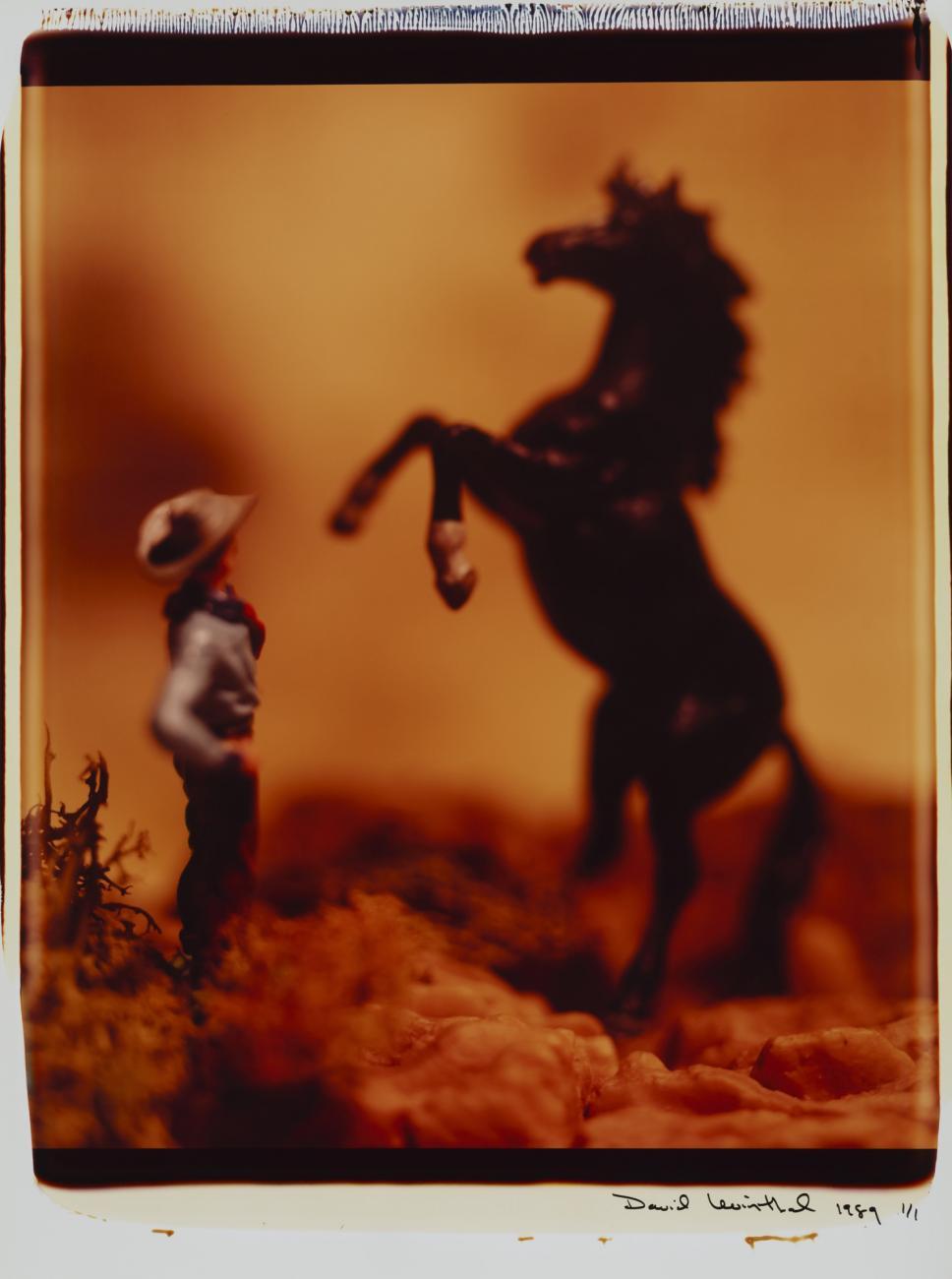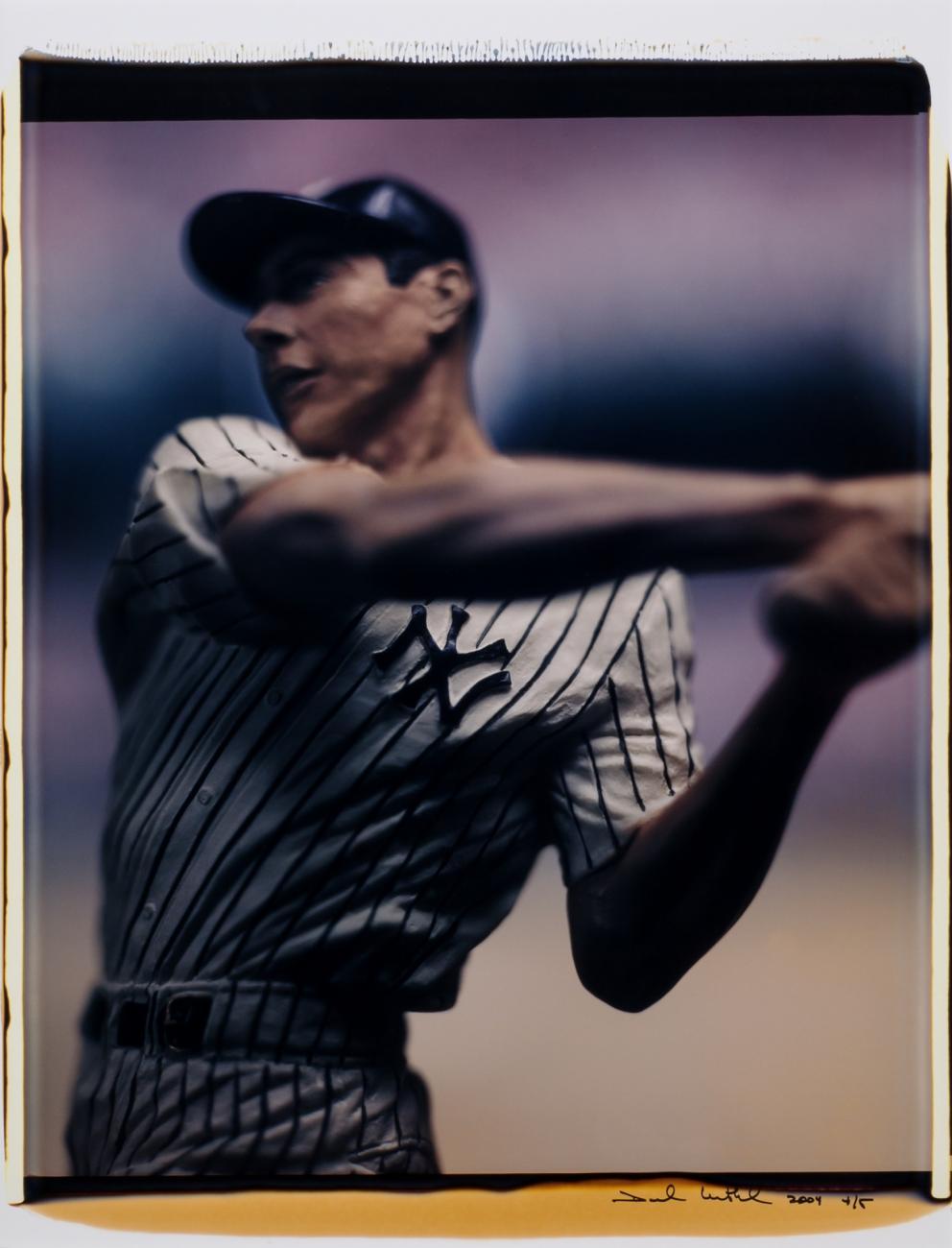“American Myth & Memory: David Levinthal Photographs” is on view at the Smithsonian American Art Museum’s main building from June 7 through Oct. 14. It is organized by Joanna Marsh, the museum’s deputy education chair and head of interpretation and audience research. The exhibition is on view in Washington, D.C., only.
“David Levinthal’s thought-provoking photographs are part of an important conversation taking place about American identity,” said Stephanie Stebich, the museum’s Margaret and Terry Stent Director. “At the Smithsonian American Art Museum we explore how images play a role in perpetuating and questioning archetypes through the work of singular American artists. This exhibition encourages critical looking to explore issues that resonate with a contemporary audience.”
“Myth and memory are the cornerstones of every culture, and David Levinthal’s work sheds light on their uniquely American manifestations,” Marsh said. “Like the plastic figurines that he photographs, Levinthal’s art points to deeply rooted societal ideals and assumptions. They invite us to consider the way values and events of the past, however flawed or fictitious, inform who we are and how we behave in the present.”
In “Modern Romance” Levinthal explores how movies and television shape notions of intimacy, privacy and desire. In “American Beauties,” Levinthal uses toy figures dressed as 1940s pinup girls to evoke an innocent nostalgia while also raising the more serious allusion to the societal objectification of women. “Barbie” takes on the complex mythology of the iconic doll and the surrounding cultural resonance of her celebrity. “Wild West” takes on the powerful appeal of the American West and the lasting impact of its associated archetypes—cowboys, Indians, gunslingers and lawmen. “Baseball” also explores the myth of celebrity and the legends that represent America’s “national pastime.” Finally, “History,” Levinthal’s most recent series, examines the relationship between history and myth using references from photojournalism to art history to depict events that span from the nation’s founding through the Vietnam War.



























